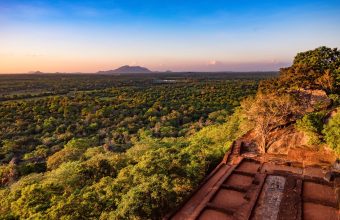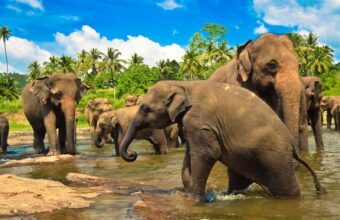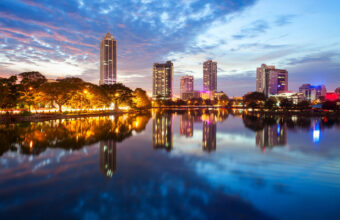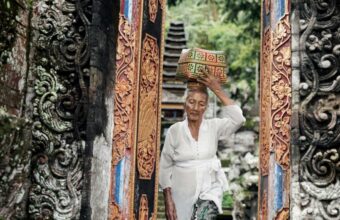Sri Lanka
Ancient civilisation and endless beaches



From ancient ruins to a vibrant and welcoming contemporary culture; from lazy afternoons on glorious beaches to hikes through the rolling hills of tea country and wild elephant spotting in untouched national parks; this is a destination that truly has it all.
Despite having its hard-won stability rocked by the tragic events of Easter 2019, Sri Lanka's tourism infrastructure is developing in leaps and bounds. Hospitality is warm and abundant, transport is convenient, and accommodation — particularly in the independent boutique sector — is world-class.
Sri Lanka undiscovered
An essential guide to seeing Sri Lanka's non-touristy side
From ancient ruins to a vibrant and welcoming contemporary culture; from lazy afternoons on glorious beaches, to hikes through the rolling hills of tea country and wild elephant spotting in untouched national parks; Sri Lanka is a destination that truly has it all. Despite having its hard-won stability rocked by occasional political disputes, Sri Lanka's tourism infrastructure is developing in leaps and bounds. Hospitality is warm and abundant, transport is convenient, and accommodation – particularly in the independent boutique sector – is world-class...read more
16 days
Sri Lanka Cultural Triangle and Maldives beaches
Luxury Sri Lanka and Maldives adventure
-

Tangalle
Laidback Tangalle in Sri Lanka’s south is one of the region’s more relaxed beach destinations, combining simple guesthouses and some upmarket hotels... -

Yala National Park
Southeast Sri Lanka’s Yala National Park is the country’s most visited wilderness reserve... -

Polonnaruwa
Polonnaruwa was the medieval capital of Sri Lanka, a thriving centre of commerce and religion... -

Udawalawe
Sri Lanka’s finest national park is home to herds of elephants, wild buffalo, crocodiles and leopards... -

Colombo
Cosmopolitan Colombo is more than just the gateway to Sri Lanka... -

Haputale
The hillside town of Haputale is a little-visited stop on the train route into tea country from Kandy to Ella... -

Knuckles Mountain Range
The Knuckles Mountain Range – also known as the Dumbara Mountain Range – is home to 34 peaks and offers plenty of treks for hikers to explore, with waterfalls, tiny villages and elusive mountain animals part of the experience... -

Galle
The historic fort town of Galle is best explored on foot, allowing you to take in its grandiose colonial buildings, ancient temples and mosques and many quirky side streets... -

Kandy
Central Kandy is one of Sri Lanka’s most significant religious sites, being home to the Temple of the Sacred Tooth Relic – a tooth from Buddha himself... -

Gal Oya National Park
Gal Oya is the most untouched of all of Sri Lanka’s national parks and is the only one where you can take a boat safari... -
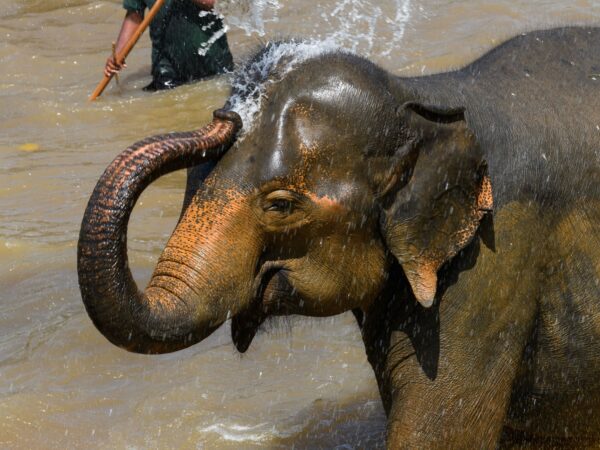
Wilpattu National Park
Wilpattu translates as ‘natural lakes’ in Sinhala and ‘10 lakes’ in Tamil, so it’s no surprise what the main attraction is in this national park... -

Trincomalee
The port city of Trincomalee is best-known as a gateway to the beaches and resorts on Sri Lanka’s east coast... -

Batticaloa
Batticaloa has only recently started to attract tourists again with the colonial buildings, Old Dutch Fort and the vibrant blue and white St Mary’s Cathedral... -

Jaffna
Jaffna, in Sri Lanka’s far north, offers an insight into the country’s Tamil culture... -

Anuradhapura
One of the ancient capitals of Sri Lanka, Anuradhapura is a world heritage site with historical highlights including the Anuradhapura Maha Viharaya, the Jetavanaramaya stupa and the Abhayagiri Vihāra... -
Mihintale
... -
Paramakanda Rock temple
... -
Ella
... -
Dambulla
... -
Minneriya National Park
... -

Horton Plains National Park
Primarily made up of cloud forest and montane grassland, Horton Plains National Park is in the central highlands of Sri Lanka, accessible from Nuwara Eliya... -
Bundala National Park
... -
Mirissa
... -
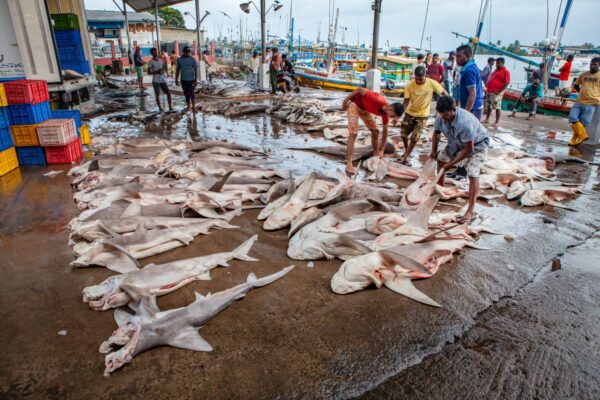
Negombo
... -
Bentota
... -

Sigiriya
Sigiriya is one of Sri Lanka’s main attractions, a natural rock formation that erupts from the surrounding forest and topped with an ancient fortress... -

Pigeon Island National Park
Named after the rock pigeon that can be found on Pigeon Island, the national park is one of the two marine national parks in Sri Lanka... -

Kalpitiya
More recently developing a tourism industry, Kalpitiya is made up of fourteen islands mostly populated by fishermen... -

Arugam Bay
Tucked away on the eastern edge of Sri Lanka and with only a handful of local hotels and guesthouses, Arugam Bay is regarded as one of the top surfing destinations in the world... -

Nuwara Eliya
Capital of its namesake district, Nuwara Eliya, sometimes referred to as ‘Little England’, is one of the key tea making cities in Sri Lanka... -
Unawatuna
...
Places to go in Sri Lanka
Sri Lanka Tours

Highlights of Sri Lanka Luxury Tour
14 day luxury tour visiting the highlights of Sri Lanka
14 daysFrom £3,175
Off the Beaten Track Sri Lanka Tour
17 day tour exploring the Sri Lankan outskirts
daysFrom $3,275
Sri Lankan Family Summer Holiday
16 day family friendly tour across Sri Lanka
16 daysFrom £2,180
Sri Lanka Ultimate Honeymoon
15 day Sri Lankan luxury honeymoon tour
15 daysFrom £4,335
Sri Lanka Wildlife Wonders
21 day tour exploring the national parks of Sri lanka
21 daysFrom £3,800

